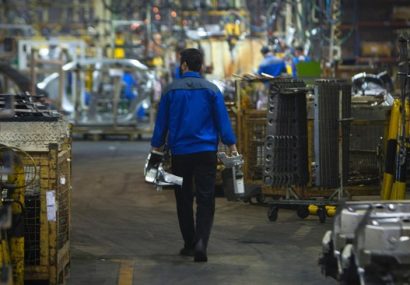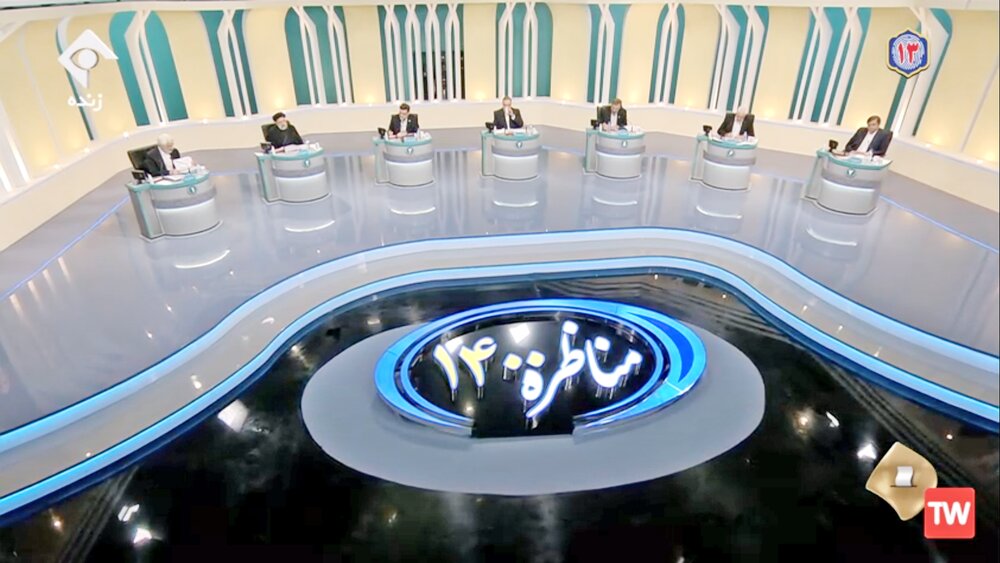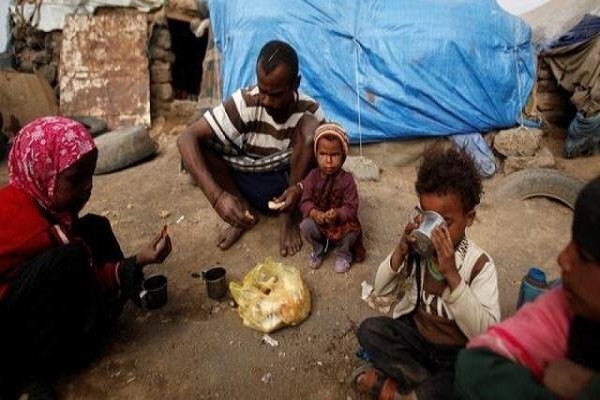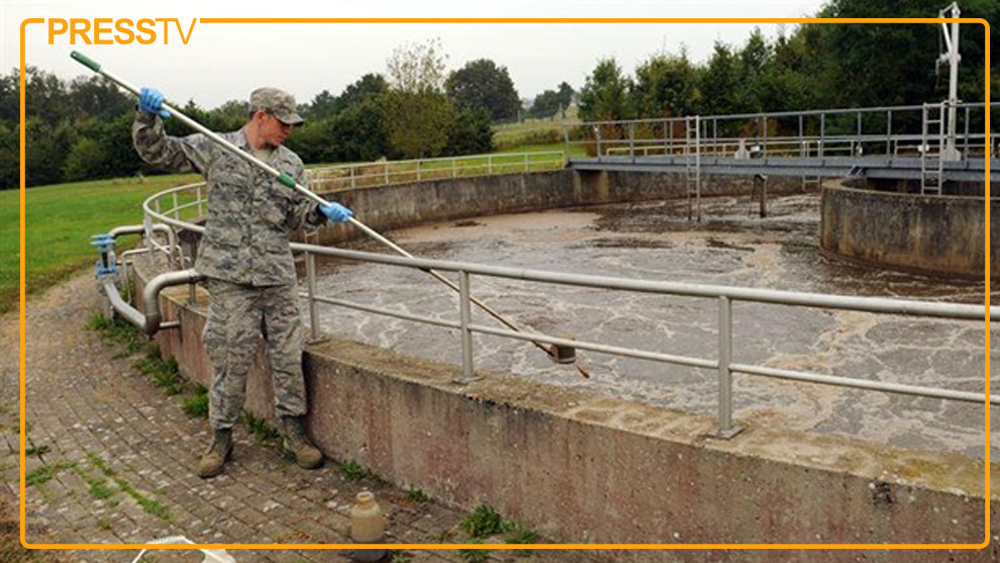Iran’s Economy Closes Fiscal Year 1403 in Recession
TEHRAN (Iran News) Despite historical trends of increased consumer demand during Esfand, this year’s market failed to deliver the expected boost. The overall economic PMI, adjusted for seasonal effects, stood at 48.7—remaining below the neutral 50-point threshold that separates expansion from contraction. While this was a slight improvement from February’s 47.0, it still reflects a sluggish and shrinking economic environment.
The report highlights that four of the five main components of the index—production volume, new customer orders, inventory of raw materials, and employment—registered declines. Only the speed of delivery of orders showed improvement.
Production continued to fall for the fifth straight month, albeit at a slower pace compared to February. Businesses reported difficulty planning ahead due to sharp price fluctuations in raw materials, currency volatility, and limited access to financing. A rise in production costs and uncertainty about future demand have led many firms to reduce operations or halt expansion plans.
The decline in consumer purchasing power, largely attributed to soaring inflation and high living costs, meant that even the traditional uptick in March demand failed to materialize. New orders fell for the 11th time this year, with the index staying well below 50—indicating ongoing contraction. Compared to the same month in previous years, the situation was significantly worse.
Inventory levels of raw materials dropped more rapidly in March than in previous months. A combination of exchange rate volatility, limited foreign currency allocations, and customs delays has driven up import costs and disrupted supply chains. Many producers found it increasingly difficult to maintain optimal inventory levels, especially as domestic raw material supplies have also been constrained.
The surge in exchange rates has not only raised the cost of imported materials but has also eroded profit margins, placing more financial pressure on producers. As a result, final product prices remained high throughout March, although the pace of price increases slowed slightly compared to February.
Final product inventories also declined for the fifth consecutive month, a trend driven by reduced production volumes and limited customer orders. High production costs and financial constraints have made it difficult for firms to restock, while prevailing uncertainty has led many to adopt a cautious approach to inventory management.
Employment continued to decline in March, reflecting the ongoing recession in both production and demand. With fewer new orders and falling output, many businesses saw no need to hire additional workers. Simultaneously, some firms actively cut back on labor costs in response to rising expenses for inputs and overhead, further weakening the job market.
Worsening economic conditions and low wage levels have also dampened workers’ willingness to take on or retain jobs, exacerbating the labor market downturn.
The PMI for Iran’s industrial sector saw a slight rebound in March, reaching 50.3—just above the neutral mark—thanks in part to a small increase in employment and a longer delivery timeline for orders. However, three of the five main components—production, new orders, and inventory of raw materials—continued to decline.
Although production improved slightly compared to February, it has now declined in seven of the past 12 months. High input costs and tight liquidity remain major obstacles, and concerns about future demand have deterred firms from ramping up output.
New industrial orders fell again, albeit at a slower rate than in previous months. Rising inflation and a general erosion of real incomes have dampened demand for manufactured goods. Export orders, too, have been declining for five consecutive months, reaching their lowest point since October 2023.
Prices of industrial products remained high in March, driven by soaring energy and input costs. Analysts expect further price hikes in the coming months as manufacturers attempt to pass on their rising expenses to consumers. “Iran’s Economy”
Final product inventories in the industrial sector also dropped in March, marking the 11th consecutive month of decline. With input prices surging and market demand weakening, many firms have been reluctant to produce for stock and have instead drawn down existing inventories to meet current orders. “Iran’s Economy”
Overall, the data paints a grim picture for the Iranian economy as it enters the new fiscal year. Persistent inflation, foreign exchange instability, limited access to financing, and reduced consumer demand have converged to push businesses into a prolonged state of caution and contraction.
The traditionally high-spending month of Esfand failed to break this trend, and unless structural issues such as input cost inflation and currency volatility are addressed, a broad-based recovery remains elusive.
- source : IRAN NEWS ECONOMIC DESK






























